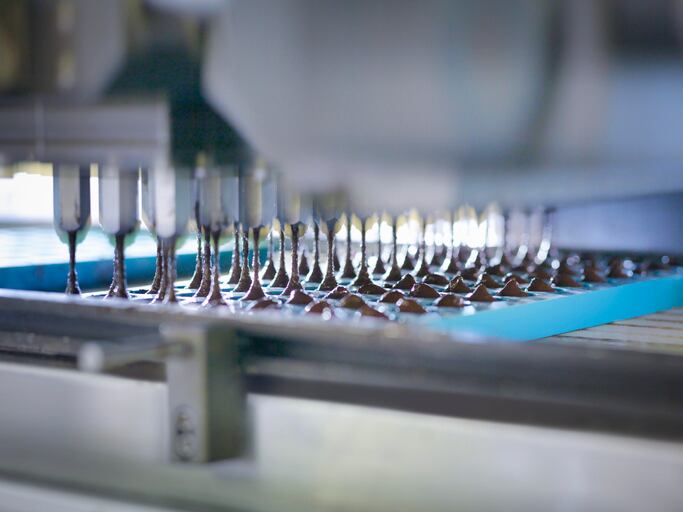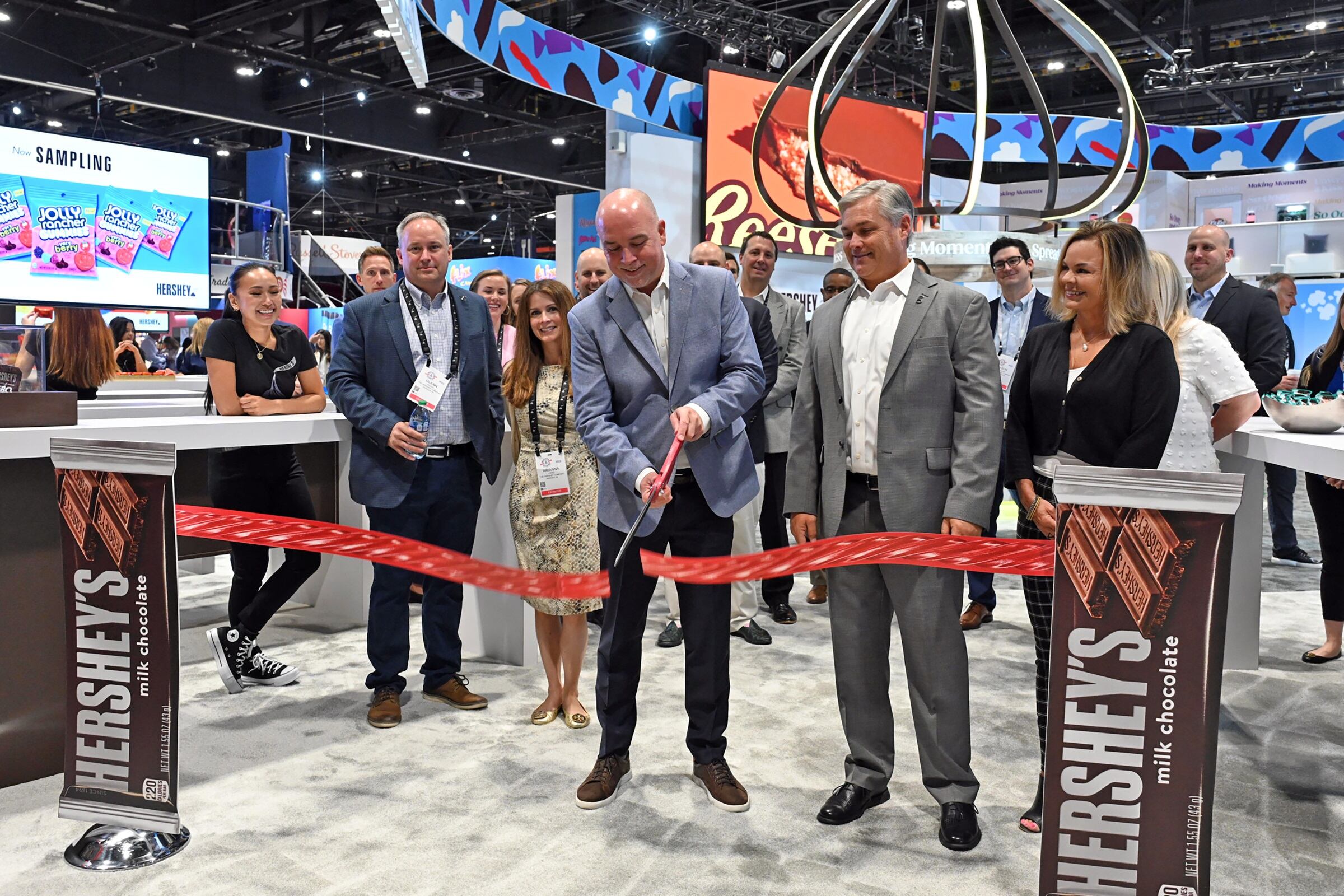“These last few years have been extremely difficult for all of us in supply chain. It’s probably the hardest … 12 month period that I have every experienced as a professional. I know that the next few years are probably going to be different, but I am not sure they’re going to be much less difficult for folks in jobs like mine,” Will Bonifant, Hershey’s vice president of US and Canada supply chain, said last week during the company’s investor day.
The challenges Bonifant faces go far beyond the bottlenecks and sourcing constraints that peaked during the pandemic. Now, he said, “the consumer is changing to so rapidly in what they want to buy from us, how they engage with our brands, and as a result, our customers are demanding more and more speed, performance, agility, you name it.”
To meet ramped up demand ensure the company’s supply chain is a “business enabler” rather than a cost center, Bonifant explained that Hershey is thinking “differently about how we approach supply chain in our strategies.”
Rather than automatically building more manufacturing capacity to meet increased demand, the company identified “hidden capacity in the network that we can get at by finding ways to change production schedules or reduce complexity across the portfolio,” Bonifant said.
“We did that with our KitKat production network of six production lines, and as a result, found opportunities and schedule and item changes that found $35m of capacity just sitting there that didn’t require a whole lot of investment to get after,” he said.
The company also was able to boost by more than 25% production of Payday, which contributed a fifth of the company’s overall sales growth last year, by identifying underused assets in its Zero production line in its Illinois factory and then shifting production of Zero to a co-manufacturer so that those assets could be used more efficiently to boost Payday production.
Similarly, the company repurposed and redesigned a production line in its Virginia factory for Cookie Layer Crunch, which had reached the end of its innovation life, to boost production of Reese’s Thins.
“We took the line from 0% to 75% utilization in a very short period of time,” Bonifant said.
‘We are reimaging what it means to produce a chocolate bar’
While the company prioritizes making the most of what it has, Bonifant said Hershey is strategically investing in “transformational capabilities” to support growth of high-volume lines.
“We are reimagining what it means to produce a chocolate bar,” by shifting from a classic production line to a modular unit operations approach that leverages robotics and automation, he explained.
“It’s that modularity that helps us. We’ve significantly reduced the time that’s required for changovers and cleanings between production runs. The line can handle a more diverse portfolio, so that it helps us with innovation. And it also helps with complexity reduction across the network,” he said, adding the new approach will go into effect in the coming months.
Agile fulfilment promises improved distribution, sell-through
Hershey also is adopting a more agile fulfilment approach to display units so that it can better meet different store needs through precision merchandising.
This approach “starts with our best-in-class category management capabilities. We have a lot of data and insights on the consumer and customer,” Bonifant said.
From there, the company uses unit cartridges, which Bonifant described as “kind of like Lego blocks” that robotics put together in customized formats featuring different amounts and types of products.
“Think about if you had a group of stores in Texas, and for whatever reason their consumer likes more Payday, and maybe in the Northeast, they’d like more York. That level of precision will give us better distribution, increased sell through, reduced waste, and the software we are using to develop this concept will reduce the innovation cycle time as we work with our customer teams to develop different display and merchandising units,” he explained.
With these capabilities and strategies in place, Bonifant said he is confident that Hershey will “continue to be successful” even as supply challenges and constraints persist.


